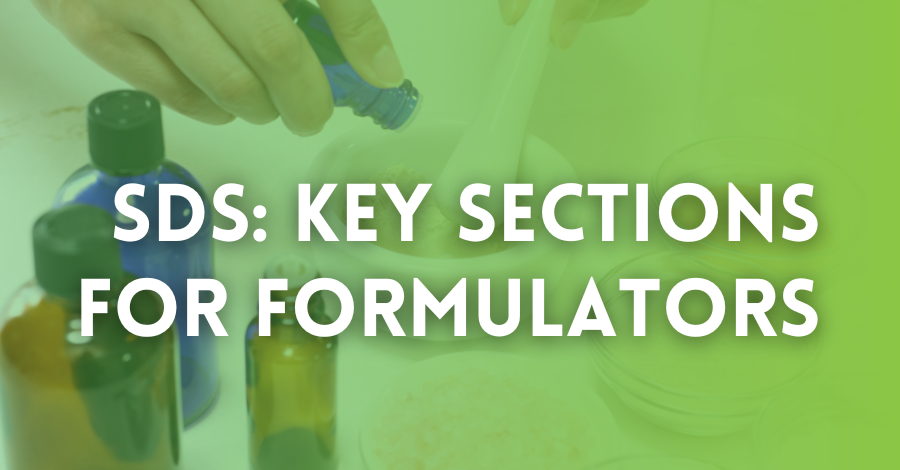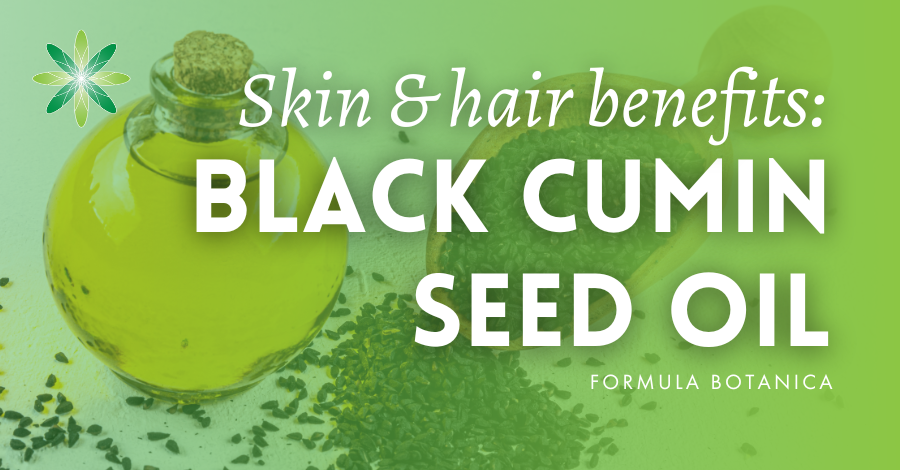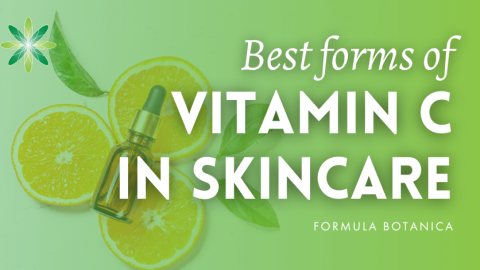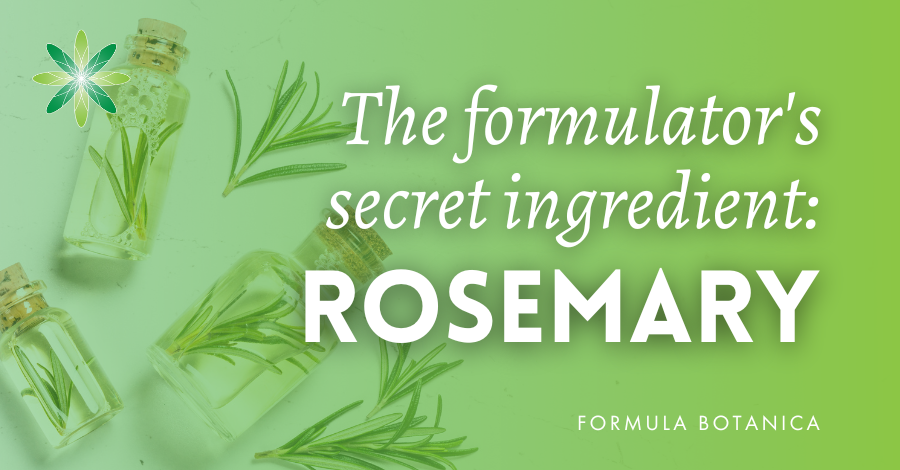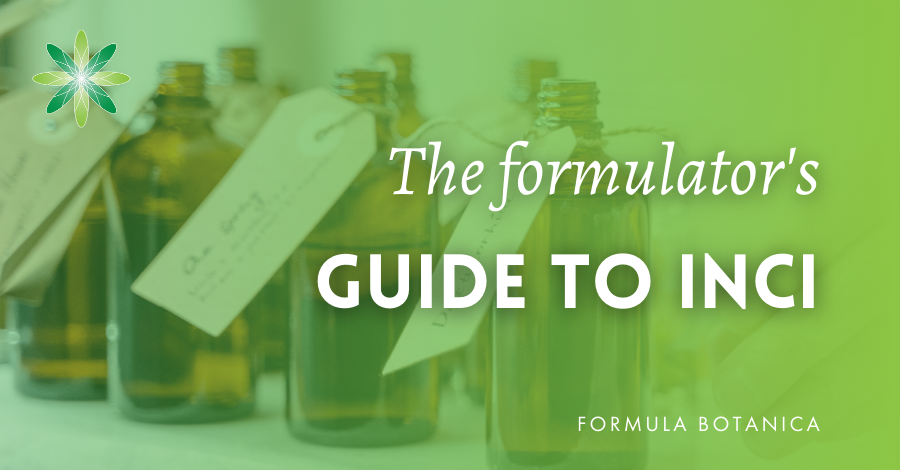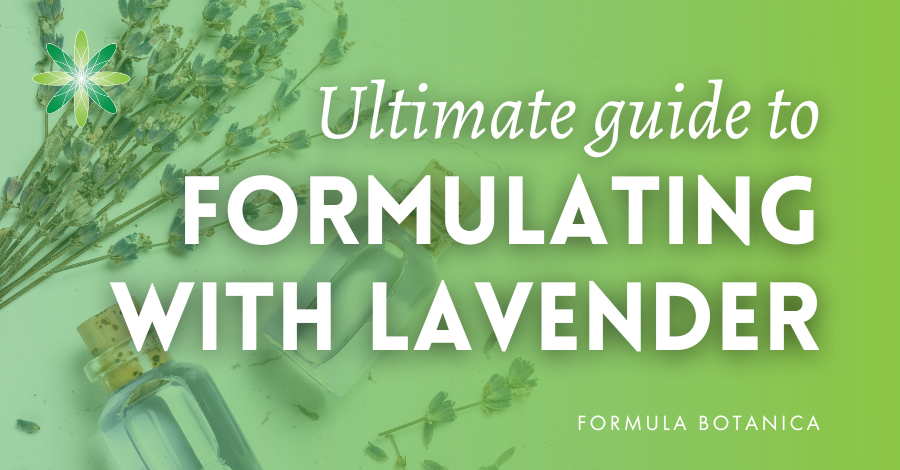Getting familiar with safety data sheets (SDSs) and what they tell you is best practice, whichever stage you are at in your career as a natural formulator. Even if you are making cosmetics as a home hobby and giving products as gifts, you need to be aware of how to handle, store and formulate safely with your materials. So, let’s jump right in to explain what SDSs are, how to understand them and why you need them as a formulator.
What is a safety data sheet?
A safety data sheet (SDS) is a document that provides safety information about a particular chemical product, whether a single chemical or a compound blend. Remember, even botanical ingredients are composed of chemicals. In this article, we will also be using the terms material, substance and ingredient interchangeably.
The prime role of the SDS is to provide information on the physicochemical properties of a substance – including raw botanical ingredients such as shea butter or grapeseed oil – and how to handle and store it, as well as what to do in the event of an accident involving the material. The SDS also details the material’s chemistry and physical characteristics, any relevant occupational safety and health data to note when using it, and its potential hazards, including its risk to the environment.
Not all cosmetic ingredients have safety data sheets as some ingredients are already considered safe enough that they do not require them. According to the Cosmetic, Toiletry & Perfumery Association (CTPA): “Finished cosmetic products are exempt from the legislation requiring the provision of a 16‐point safety data sheet (SDS). However, cosmetic ingredients as raw materials or as the bulk of a cosmetic product are not exempt”.
Safety data sheets and material safety data sheets (MSDSs) are similar documents; the SDS is the newer, internationally-standardised format.
Do I need safety data sheets?
If you set up a cosmetics business and sell your products, you will need to keep SDSs on all ingredients used within the formula of each product. To place a cosmetic product on the market, in most jurisdictions around the world, you need to comply with cosmetic product safety regulations and have your product’s safety and stability tested by an independent, qualified, third-party assessor.
Your assessor will require the SDS, along with the certificate of analysis (COA), for each individual ingredient in your finished product. In the EU, you are required to compile a product information file (PIF) – including the safety assessment – for each cosmetic product you sell, and upload this to the EU’s Cosmetic Product Notification Portal (CPNP). Safety data sheets lie at the core of these compliance procedures, and similar requirements are found across the world; we recently saw the USA extend its cosmetic compliance regulations.
If you are not selling cosmetic products, but are formulating for yourself and home use, you still need to learn about SDSs and understand them properly in order to:
- research your ingredients thoroughly;
- know how to handle, store and dispose of your ingredients safely; and
- know what to do in case of an accident with your ingredients.
The first point is the most contentious as not all suppliers’ SDSs are equal, and not all suppliers provide the SDS along with the ingredient you’ve purchased either. We cover this conundrum later on.
First, let’s take you through the 16 sections of a typical SDS before we answer the questions that natural cosmetic formulators most frequently ask about reading and understanding SDSs.
What we learn from the SDS
The SDS is a technical document that helps us understand better any new cosmetic ingredient we plan to formulate with. It is extremely helpful to read all sections of the SDS, but there are certain parts that should be read with more attention, not just skim read; we cover these in detail later.
A cosmetic formulator learns all the following from a safety data sheet:
- Chemical substance name, including product and manufacturer’s name.
- Hazards’ identification, including any hazard statements and symbols.
- Composition and ingredients – percentages/ranges, and possibly a list of any allergens.
- First aid procedures – in case of emergencies.
- Fire fighting procedures.
- Accidental release measures – including ventilation, environmental release, and so on.
- Handling and storage requirements.
- Exposure controls and personal protective equipment (PPE) requirements.
- Physical and chemical properties – including freezing points, pH, flash points, and so on.
- Stability and reactivity – measured under normal conditions.
- Toxicological information.
- Ecological information.
- Disposal considerations.
- Transport information.
- Regulatory information.
- Other information.
Safety data sheets: the most important sections
The most important sections for the formulator to read carefully and take on board in handling, storing, transporting and formulating with the material are the following:
Section 1: Identification of the substance/mixture and of the company
It is important to identify the ingredient, both in terms of its official commercial name and that of its manufacturer. This section gives the contact details of the manufacturer or distributor. It provides a description of the type of ingredient. For example, Euxyl K903 is defined as a preservative for cosmetics and toiletries.
Section 2: Hazards’ identification
This section is very important for you as a formulator as you come into direct contact with the cosmetic ingredient. As these usually come highly concentrated (in contrast to their use in your finished formula, where they are likely to be present in very low percentages), they must be handled with care.
You should always handle ingredients that are irritating or potential allergens wearing proper personal protective equipment (PPE) to minimise your exposure to the concentrated substance and to guard against accidental spillages on your skin, in your eyes, and so on. This section also contains essential first aid information in case of accidents with the material. We advise you to keep this information on hand in case of an emergency.
Section 3: Composition and information on ingredients
This part is very important for the formulator as it details the percentage composition of the cosmetic ingredient. If an ingredient consists of a single compound, the information is easy to read as it is declared as 100% of the content. If an ingredient is composed of different compounds, you need to investigate the individual percentages of the components. Using this information, you can calculate the percentage of individual compounds in the formula and then correctly write the ingredients list of the finished products you create.
Producers usually declare a “range” for ingredient composition so as to protect the exact percentage formula of patented and proprietary blends. But there is a way to read this too. All the range numbers must add up to 100% so you can arrive at a good estimate of the percentage of individual components. The exact amounts remain a secret, but the ranges are enough for safety assessors to work from. In their calculations, they will take the upper limits of any component of concern (such as allergens) to ensure your cosmetic product includes the compound material at a safe percentage.
Section 7: Handling and storage
This section should be read properly since it explains the standard requirements for the storage and handling of the ingredient to ensure its maximum efficiency and safety. The storage recommendation should be followed strictly.
Section 9: Physical and chemical properties
This section briefly describes the physical and chemical properties of cosmetic ingredients. This can include information about its pH, melting point, solubility, physical form (for instance, whether it is a powder, liquid, and so on), colour and odour. All this information is important when you formulate with the ingredient. Respecting recommendations such as the ingredient’s optimal dosage, working temperature, pH and solubility is crucial to achieving a stable, safe and effective cosmetic product.
Sections 11 and 12. Toxicological and ecological information
These sections alarm many natural formulators as they describe different toxicological parameters and results from research and experiments with the ingredient. They provide critical data for a cosmetic assessor and guide cosmetic product assessments from a toxicological viewpoint. Data from these sections is included in the cosmetic product assessment file and calculated in order to arrive at an overall toxicological profile of the finished product.
It is important to say that the data provided refers to a raw ingredient that is rarely, if ever, used in a formula at such concentrations. By following the recommended “optimal” usage quantities for the ingredient, as advised by your supplier or the manufacturer, you can ensure your finished cosmetic product, including the ingredient, is safe for consumers and the environment.
Section 13. Disposal consideration
This is another important section to note as it explains how to dispose of any waste material responsibly. This section may differ from country to country, and you should always follow your local regulatory guidelines for the disposal of unused and/or expired chemical materials.
Safety Data Sheet FAQs
Where do I find the SDS of an ingredient?
SDSs are invaluable when it comes to researching your ingredients. We outlined above the exact information found on a SDS about the ingredient. When you make purchases, ask your supplier to provide the SDS for each substance. Some offer this automatically online on the ingredient information pages, but others may require you to purchase an ingredient before they supply documentation. Some do not supply SDSs at all.
If a supplier is a retailer and not the manufacturer of the material, they are not obliged to provide an SDS to the end purchaser. This is why you may have difficulties obtaining SDSs. Most of the ingredient suppliers we deal with as small-scale and home formulators are retailers offering conveniently low minimum order quantities of materials. You can request the SDS and also see if you can obtain it from the manufacturer if you know who they are. Some retail suppliers create their own brand names for various materials, but you can refer to the INCI they provide in order to research the material. For more on how to read INCI see:
There is an easy way to research ingredients used in commercial skincare. To look up the SDS for a particular product or ingredient, search online for “(name of the product) + SDS”. For example, “Rosa damascena SDS” or “sodium lauryl sulfate SDS”.
If you don’t have the SDS and your ingredient is common, you can use general SDS information you find online for your home formulating (but not for commercial purposes). However, some safety assessors are willing to use general SDSs for common, single-composition materials and are likely to have their own library – and, of course, experience with chemicals – to draw on.
Do I need a SDS for a finished cosmetic product?
A finished cosmetic product is not classified as a chemical ingredient, so it does not need a SDS. If you sell direct to consumer from your own website, a market stall or your own store, then there is no obligation to have a SDS for your finished cosmetic product. However, if you sell to wholesalers, distributors or retailers, it is highly likely you will need a SDS in order to supply them. Most courier firms and shippers require it. Warehouses and delivery firms need the SDS – as do many online retailers like Amazon – to ensure they know what they are handling, how to store it, how to deal with it in case of accidents and how to pack it for onward distribution. If any doubt, have a SDS prepared to cover these eventualities. We would recommend you pay for SDSs for any cosmetics you retail.
Are sensitisers always listed on the SDS?
It will include information on the hazards of the ingredient, but not necessarily list any sensitisers (although some do). To find out what sensitisers are present in a particular essential oil, for example, you would need to consult a reference source or contact the essential oil supplier. Some suppliers, however, may list sensitisers in their SDS or in their COA. If the information is unavailable, you will need to research elsewhere, such as in the Essential Oil Safety (Tisserand & Young).
Is it mandatory for suppliers to provide SDSs to their customers?
It’s helpful and shows transparency, but retail suppliers are not obligated to provide it to their customers. Some may do so for free, while others may charge for it. Distributors and brand representatives always provide SDS and certificates of analysis for free along with samples they provide. However, resellers – that means many of your suppliers – may not provide it or may charge for it.
The SDS toxicological and ecological information sounds alarming; should I be worried?
We mentioned above that this section can be worrying, especially if you are new to formulation and reading SDSs. We explained that this information is based on neat, high concentrations of the material. Remember that any chemical – even water – can be toxic in certain doses and circumstances, so we need to read this section of the SDS without alarm.
However, you will find that many SDSs do not include evidence of a material’s bioaccumulative potential or its degradability. If the material has not been researched in order to provide this ecological information, there is little you can do apart from conducting more research of your own. But if you do not have a sound scientific background or experience, you may be unable to interpret confidently the research data on the material. You can seek advice from qualified cosmetic safety assessors.
FREE TRAINING
Learn how to become an
Organic Skincare Formulator
FREE TRAINING
How to become an
Organic Skincare Entrepreneur
FREE TRAINING
How to become an
Organic Skincare Entrepreneur
Leave us a comment

Liz was Formula Botanica’s Content Coordinator between August 2020-2024. Liz worked as a professional blogger, journalist and site developer for many years and was also part of the Formula Botanica student community. Read more about the Formula Botanica Team.


